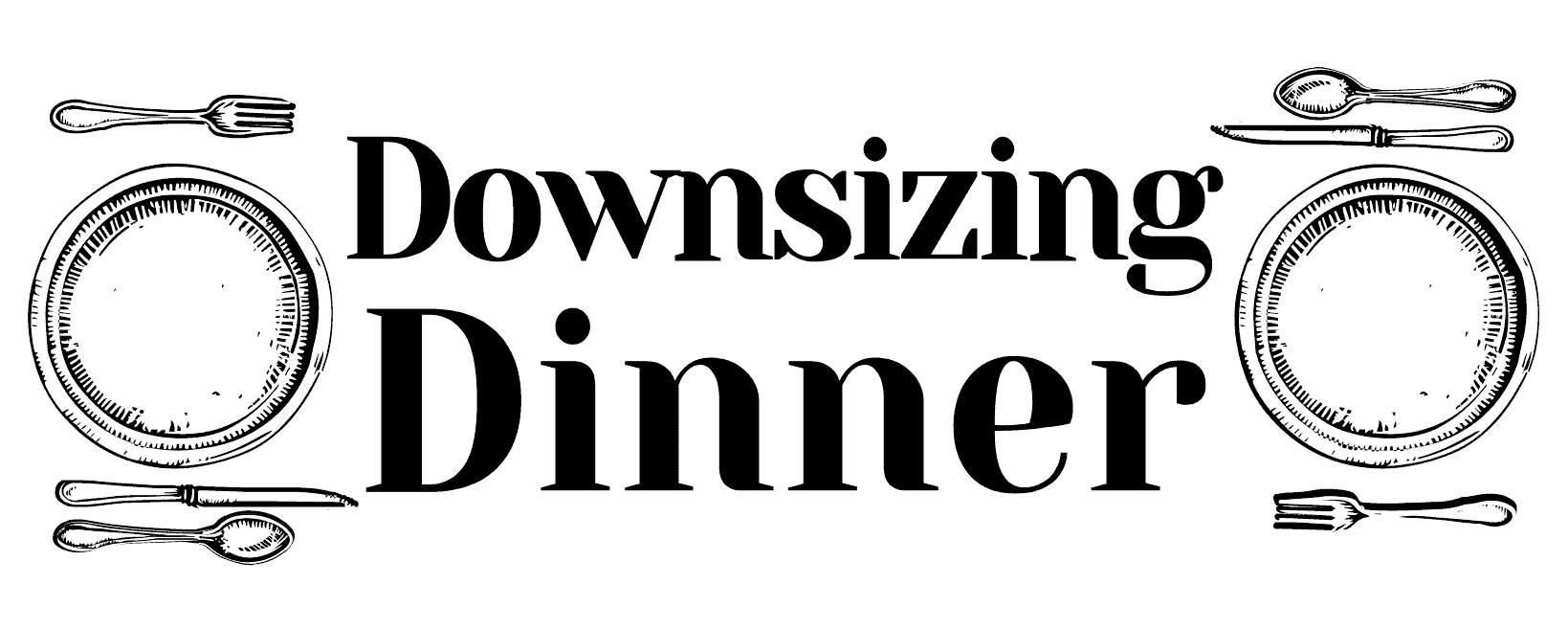How Many Teaspoons in a Tablespoon? How to Cut Down a Recipe
Wondering how many teaspoons are in a Tablespoon and other tricky questions about cutting down a recipe? We get it; it’s hard to cut a recipe in half or even further; it’s been a long time since high school and long division.
We’re here to help: it’s what we do at Downsizing Dinner!
A Useful Skill
Cutting down or halving recipes is a useful skill for adjusting the amount of food you prepare, whether cooking for fewer people, managing portion sizes, or simply wanting to make a smaller batch of a dish. It’s also budget-friendly and portion control as well!
Here Are Some Key points and Tips About the Process:
When halving recipes, the most straightforward step is to divide all the ingredient quantities by two. This can be tricky! Ingredients measured in cups, tablespoons, or teaspoons are a large part of recipes. So how do you divide a third of a cup? Or half of 3/4 of a cup? Find the lowest common denominator of each and go from there.
A good set of measuring cups and measuring spoons are some the best kitchen tools you can have in the house.

This job is much easier if your recipe is written in grams or ounces and you’re weighing ingredients. Whip out the calculator and divide the weights in half. Then weigh them out, easy peasy.
For ingredients that don’t easily divide, like a single egg, beat the egg, then divide it with Tablespoons and use half of the beaten egg. Save the other half for breakfast or the dogs.
Cooking Times and Temperatures
Halving a recipe may also affect cooking times and temperatures, especially for baking. Smaller quantities typically cook faster, so you may need to decrease cooking time. The oven temperature might remain the same for baked goods, but the time will likely need adjustment. It’s important to monitor the dish closely towards the end of the suggested cooking time.
What About Adjusting Pan Sizes?
When baking or roasting, the size of the pan can affect the outcome. Using too large of a pan for a halved recipe can cause something like cake batter to spread too thinly, drying out or cooking too quickly. Ideally, use a pan size that keeps the batter or mixture at a similar depth to the original recipe or adjust cooking times to compensate.
Seasonings Are Affected, Too
While most ingredients can be halved, seasonings and spices may require some adjustment to taste. Sometimes, halving the seasonings can result in a dish that’s too bland, as the surface area or volume of the seasoned food doesn’t decrease linearly.
It’s often a good idea to start with slightly less than half of the seasonings and adjust to taste. As the old adage goes, you can always add more, but it’s hard to take it away.
Experience and Intuition
As time passes, you’ll understand how recipes behave when quantities are adjusted. And your attention to detail will help your cooking improve with every iteration.
Remember, cutting down recipes aims to achieve results that are as close as possible to the original in taste, texture, and appearance, but on a smaller scale. It may take a bit of practice and adjustment, but soon, you’ll be doing the math in your head. You’ll definitely know if there are 4 teaspoons in a Tablespoon or three after a time and practice!
Who’s ready to head out and cut down a recipe??

